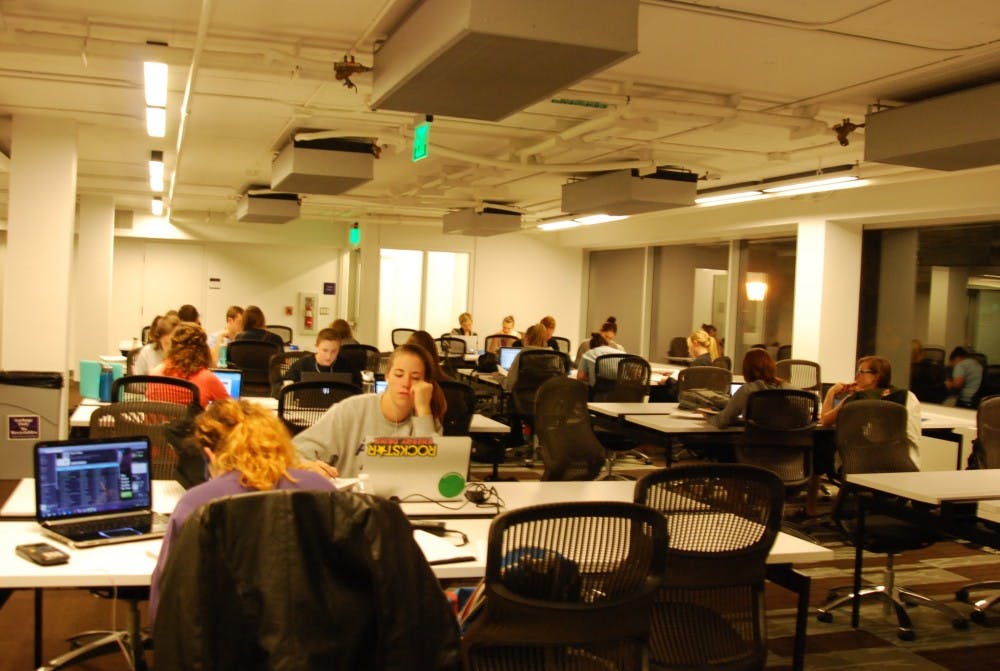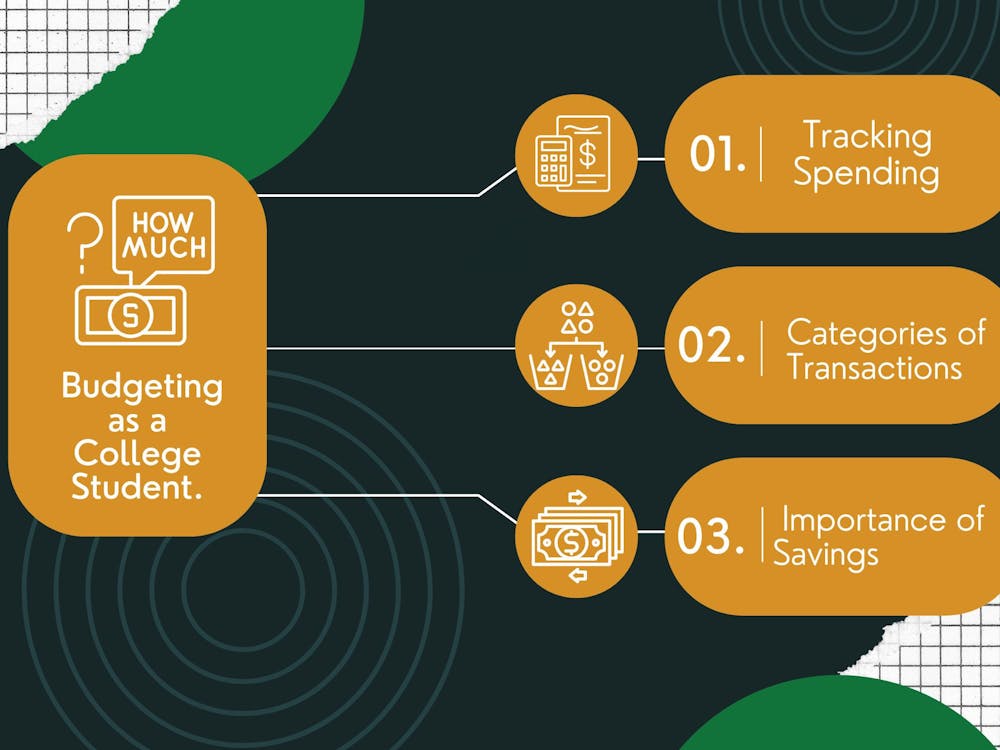By Rebekah Markillie
Here’s how you can ace your midterms (using science)...
The brain likes creating and recognizing patterns. This is a good thing. Patterns allows our brains to package away familiar information which frees up more space to think about other things and to be more efficient with energy.
This is why we can think about our weekend plans while doing the laundry. These patterns also indicate a learned behavior.
What is learning exactly?
Learning occurs when patterns are broken.
Learning happens as we try to process something new.
When you can successfully predict or anticipate the outcome of a pattern - trying to understand a new concept - that means you’ve learned it.
When someone shows you a faster way to fold clothes, the new technique is unexpected. As you practice this new method, it no longer becomes “new.” When the new method because just as easy as the old method, it has been learned.
Most fundamental learning comes down to a phenomenon called the spacing effect. The spacing effect means that things are learned better if they occur once over many days instead of many times in one day.
Here’s scientific proof that cramming isn’t effective.
What’s happening in the brain?
All information gathered from your senses triggers communication between neurons. This communication isn’t static - it can be manipulated and changed. At a cellular level, learning is a change in how neurons interact. Through learning, they become better at communicating after a specific stimulus.
When a stimulus is repeated over time, the neurons are able to make longer lasting changes that create more effective communication across that pathway. This means something new has been learned.
How does this apply to studying?
The spacing effect combined with creating unexpected stimuli.
Quizzing yourself is an unexpected stimulus. It serves as a learning gauge - how many ways can you understand a concept? The more ways you can access a concept the better it will stick.
By studying early, that allows more time for processing - more time to improve communication between neurons.
Only when you can successfully predict the right answer, on repeated trials, can you say you’ve learned it.
Study tips: (1) Create multiple points of entry to a new concept by using different methods of processing. Try drawing pictures, explaining it to your roommate or making a flow chart.
(2)Go over class notes at the end of every day - refreshing your memory. The first response to a new stimulus is the strongest. By riding that drift, you’ll remember more of the lecture the next time you come back to study.
(3)Kill two birds with one stone: Make practice tests. This creates more unexpected stimuli and it also provides another way to think about the material.
Rebekah Markillie is a sophomore communication studies major, biology minor. She can be reached at markilli17@up.edu and on Twitter: @r_markillie








